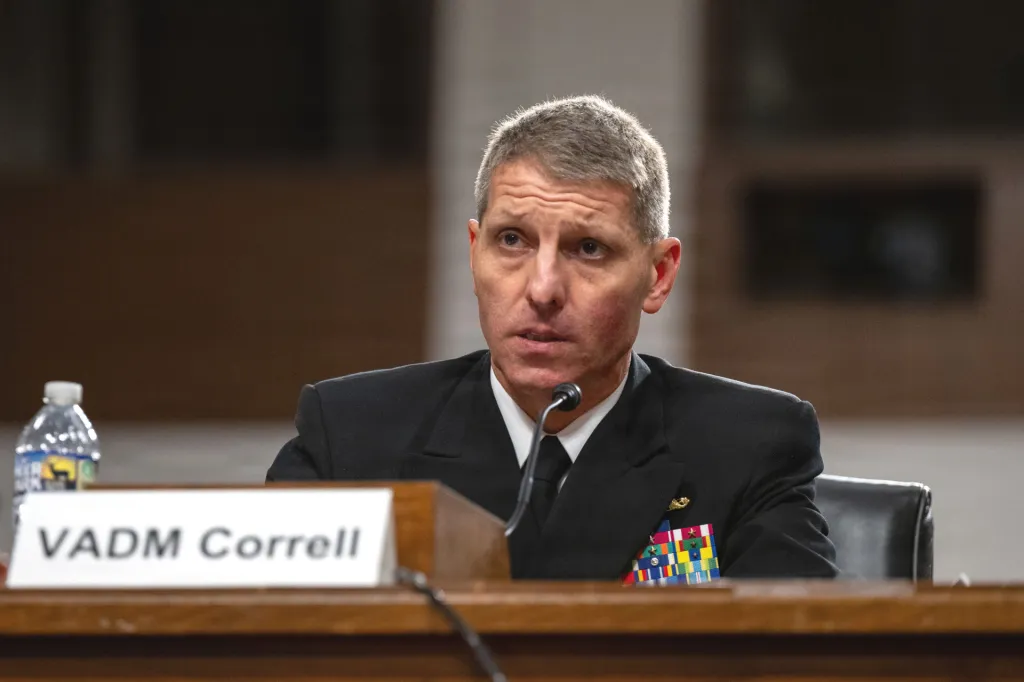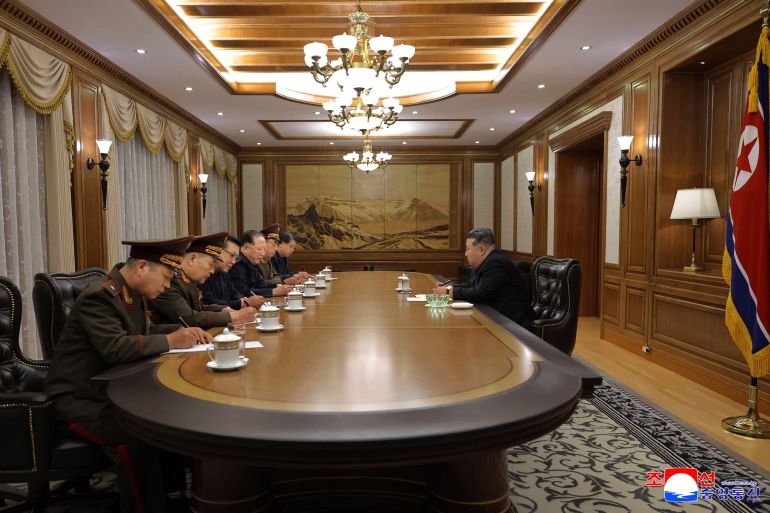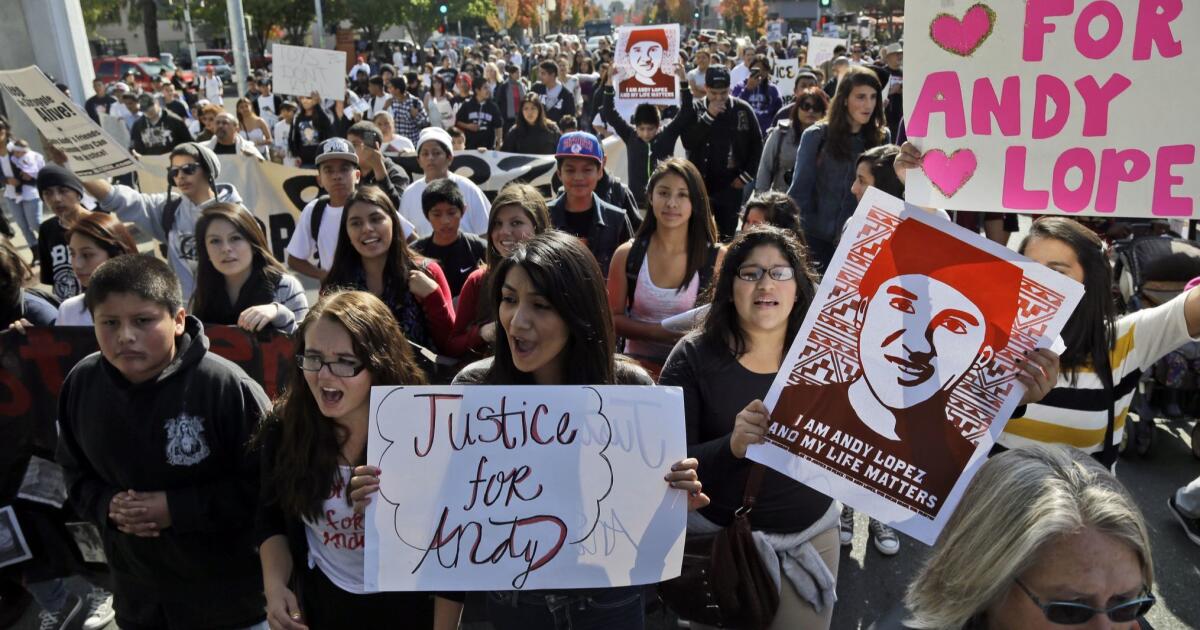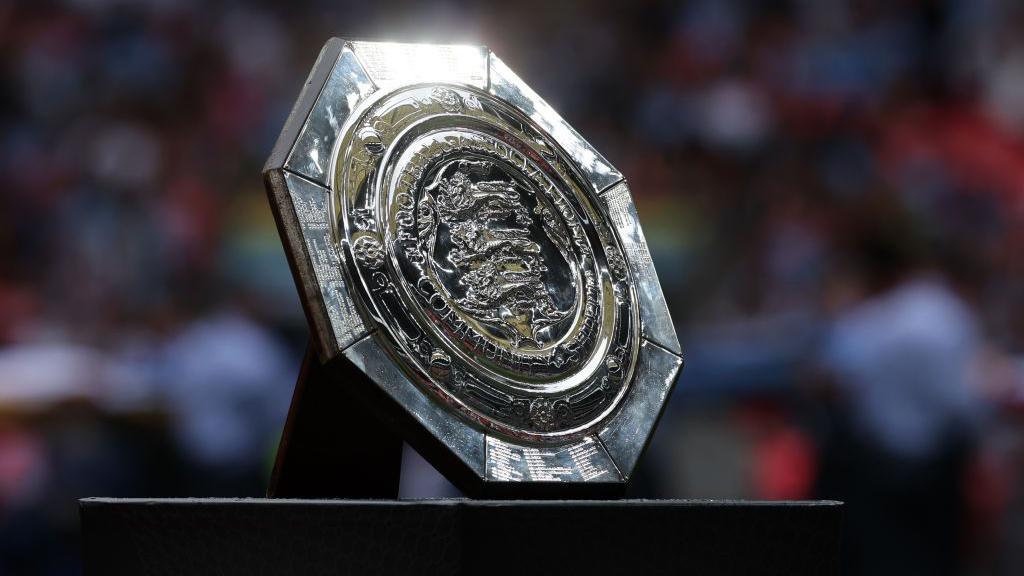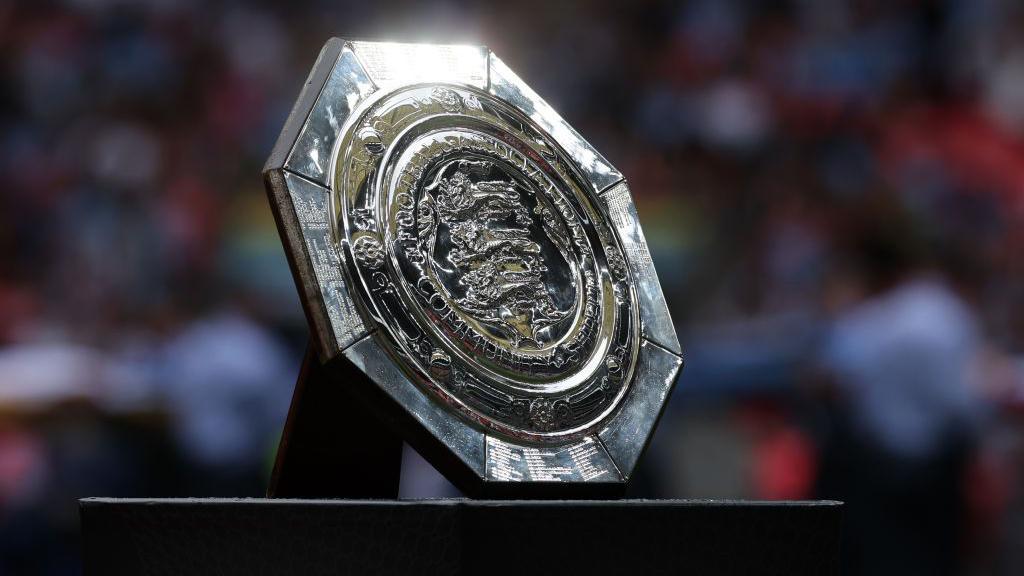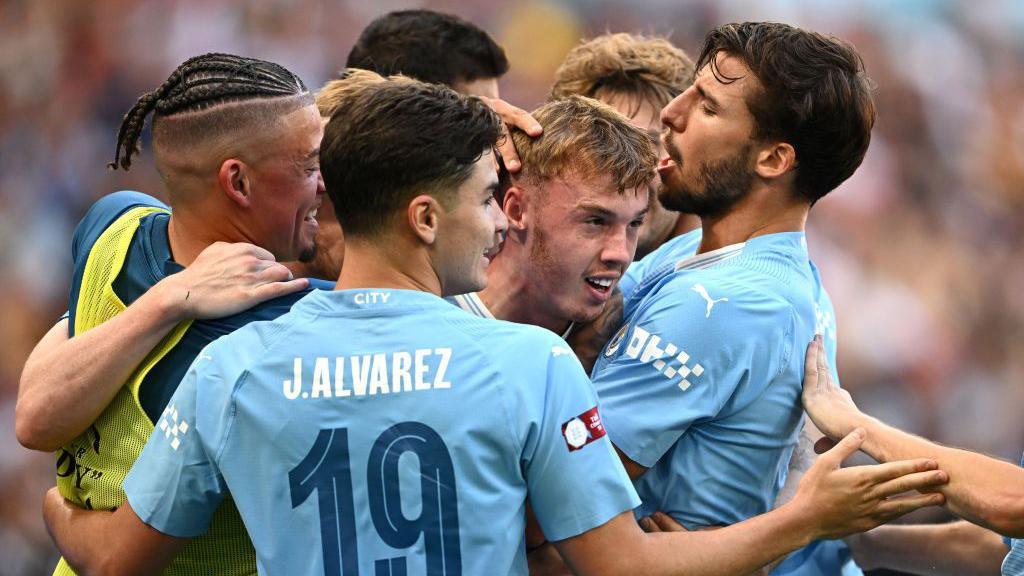Golden Dome Missile Shield Key To Ensuring Nuclear Second Strike Capability: U.S. Admiral
A key aspect of the Trump administration’s Golden Dome missile defense initiative is ensuring America’s ability to launch retaliatory nuclear strikes, the nominee to become the next head of U.S. Strategic Command (STRATCOM) has stressed. This comes amid particular concerns within the halls of the U.S. government about the new deterrence challenges posed by China’s ongoing push to expand the scope and scale of its nuclear capabilities dramatically.
Navy Vice Adm. Richard Correll, who is currently deputy head of STRATCOM, testified before the Senate Armed Services Committee last week about his nomination to lead the command. Ahead of that hearing, he also submitted unclassified written answers to questions from members of the committee.

One of the questions posed to Correll asked how, if confirmed, he would expect to work with the central manager for the Golden Dome initiative, a post currently held by Space Force Gen. Mike Guetlein.
“Per Executive Order 14186, the Golden Dome for America (GDA) Direct Reporting Program Manager (DRPM) is responsible to ‘deliver a next-generation missile defense shield to defend its citizens and critical infrastructure against any foreign aerial attack on the U.S. homeland and guarantees a second-strike capability.’ If confirmed, I look forward to working with the GDA DRPM to ensure missile defense is effective against the developing and increasingly complex missile threats, to guarantee second-strike capability, and to strengthen strategic deterrence,” Correll wrote in response.
In deterrence parlance, a second-strike capability refers to a country’s credible ability to respond in kind to hostile nuclear attacks. This is considered essential to dissuading opponents from thinking they might be able to secure victory through even a massive opening salvo.
Helping to ensure America’s second-strike nuclear deterrent capability, as well as aiding in the defense specifically against enemy “countervalue” attacks, has been central to the plan for Golden Dome, which was originally called Iron Dome, since it was first announced in January. Countervalue nuclear strikes are ones expressly aimed at population centers, as opposed to counterforce strikes directed at military targets.

“Since the United States withdrew from the Anti-Ballistic Missile Treaty in 2002 and initiated development of limited homeland missile defense, official United States homeland missile defense policy has remained only to stay ahead of rogue-nation threats and accidental or unauthorized missile launches,” President Donald Trump wrote in his executive order on the new missile defense initiative in January. “Over the past 40 years, rather than lessening, the threat from next-generation strategic weapons has become more intense and complex with the development by peer and near-peer adversaries of next-generation delivery systems and their own homeland integrated air and missile defense capabilities.”
How exactly Golden Dome factors into the second strike equation is not entirely clear. The U.S. nuclear triad currently consists of nuclear-capable B-2 and B-52 bombers, silo-based Minuteman III intercontinental ballistic missiles (ICBM), and Ohio class nuclear submarines loaded with Trident II submarine-launched ballistic missiles. At present, the Ohio class submarines provide the core of America’s second-strike capability, but are not directly threatened by the kinds of weapons that Golden Dome is meant to shield against while they are out on their regular deterrent patrols.

At the same time, there might be scenarios in which U.S. officials are concerned that the Ohios may no longer be entirely sufficient. A massive first strike that renders the air and ground legs of the triad moot, and also targets ballistic missile submarines still in port, would certainly put immense pressure on deployed submarines to carry out adequate retaliatory strikes with the warheads available to them. If multiple countries are involved, those demands would only be magnified. Threats to the submarines at sea, including ones we may not know about, as well as enemy missile defenses, something China has also been particularly active in developing, would also have to be factored in. Concerns about the potential destruction or compromise of nuclear command and control nodes, including through physical attacks or non-kinetic ones like cyber intrusions, would affect the overall calculus, too. Altogether, ensuring greater survivability of the other legs of the triad, where Golden Dome would be more relevant, might now be viewed as necessary.
Regardless, as noted, concerns about China’s ongoing nuclear build-up and the policy shifts that come along with it have been particularly significant factors in U.S. discussions about missile defense and deterrence in recent years. The Chinese People’s Liberation Army (PLA) just offered the first public look at elements of all three legs of its still very new strategic nuclear triad at a massive military parade in Beijing in September. In recent years, U.S. officials have been outspoken about massive assessed increases in Chinese nuclear warheads and delivery systems. This includes the construction of vast arrays of nuclear silos for intercontinental ballistic missiles (ICBM), as well as the development and fielding of more and more advanced road-mobile ICBMs. China is now fielding air-launched nuclear-capable ballistic missiles and is growing the size and capabilities of its fleet of nuclear ballistic missile submarines, as well. Experts have also highlighted how China’s growing nuclear capabilities could point to plans for countervalue targeting.
“China’s ambitious expansion, modernization, and diversification of its nuclear forces has heightened the need for a fully modernized, flexible, full-spectrum strategic deterrence force. China remains focused on developing capabilities to dissuade, deter, or defeat third-party intervention in the Indo-Pacific region,” Correll wrote in response to a separate question ahead of his confirmation hearing last week. “We should continue to revise our plans and operations including integrating nuclear and non-nuclear capabilities in all domains across the spectrum of conflict. This will convey to China that the United States will not be deterred from defending our interests or those of our allies and partners, and should deterrence fail, having a combat ready force to achieve the President’s objectives.”
Correll’s written responses also highlighted concerns about Russia’s nuclear modernization efforts and growing nuclear threats presented by North Korea. He also touched on the current U.S. government position that there has been a worrisome increase in coordination between China, Russia, and North Korea, which presents additional challenges that extend beyond nuclear weapons.
“The Russian Federation continues to modernize and diversify its arsenal, further complicating deterrence. Regional actors, such as the Democratic People’s Republic of Korea (DPRK) present additional threats,” he wrote. “More than nuclear, China and Russia maintain strategic non-nuclear capabilities that can cause catastrophic destruction. The major challenge facing USSTRATCOM is not just addressing each of these threat actors individually but addressing them comprehensively should their alignment result in coordinated aggression.”

It is important to stress that significant questions have been raised about the Golden Dome plans, including the feasibility of key elements, such as space-based anti-missile interceptors, and the immense costs expected to be involved. When any new operational Golden Dome capabilities might begin to enter service very much remains to be seen. Guetlein, the officer now in charge of the initiative, has described it as being “on the magnitude of the Manhattan Project,” which produced the very first nuclear weapons.
There is also the question of whether work on Golden Dome might exacerbate the exact nuclear deterrence imbalances it is supposed to help address. In his written responses to the questions ahead of his confirmation hearing, Correll acknowledged the impact that U.S. missile defense developments over the past two decades have already had on China’s nuclear arsenal and deterrence policies.
“China believes these new capabilities offset existing U.S. and allies missile defense systems,” he wrote. This, in turn, “may affect their nuclear strike calculus, especially if state survival is at risk.”

Russian officials also regularly highlight countering U.S. missile defenses as a key driver behind their country’s efforts to expand and evolve its nuclear arsenal. Just last week, Russia’s President Vladimir Putin claimed that new tests of the Burevestnik cruise missile and the Poseidon torpedo, both of which are nuclear-powered and intended to be nuclear-armed, had been successfully carried out. The development of both of those weapons has been influenced by a desire to obviate missile defenses.
In terms of global nuclear deterrence policies, there is now the additional wrinkle of the possibility of the United States resuming critical-level weapons testing. Trump announced a still largely unclear shift in U.S. policy in this regard last week. The U.S. Department of Energy has pushed back on the potential for new tests involving the detonation of actual nuclear devices, but Trump has also talked about a need to match work being done by Russia and China. You can read more about the prospect of new full-up U.S. nuclear weapon testing here.
American authorities have accused Russia in the past of violating its obligations under the Comprehensive Nuclear Test Ban Treaty (CTBT) with very low-yield tests and criticized China for a lack of transparency around its testing activities. Russian authorities say they are now looking into what it would take to resume open critical-level nuclear testing in response to Trump’s comments.
North Korea is the only country to have openly conducted critical-level nuclear tests in the 21st century, and there are fears now it could be gearing up for another one. It should be noted that the United States and other nuclear powers regularly conduct nuclear weapon testing that does not involve critical-level detonations.
For now, as underscored by Correll’s responses to the questions posed ahead of his recent confirmation hearing, concerns about the assuredness of America’s nuclear second-strike capability remain a key factor in the push ahead with Golden Dome.
Contact the author: [email protected]
